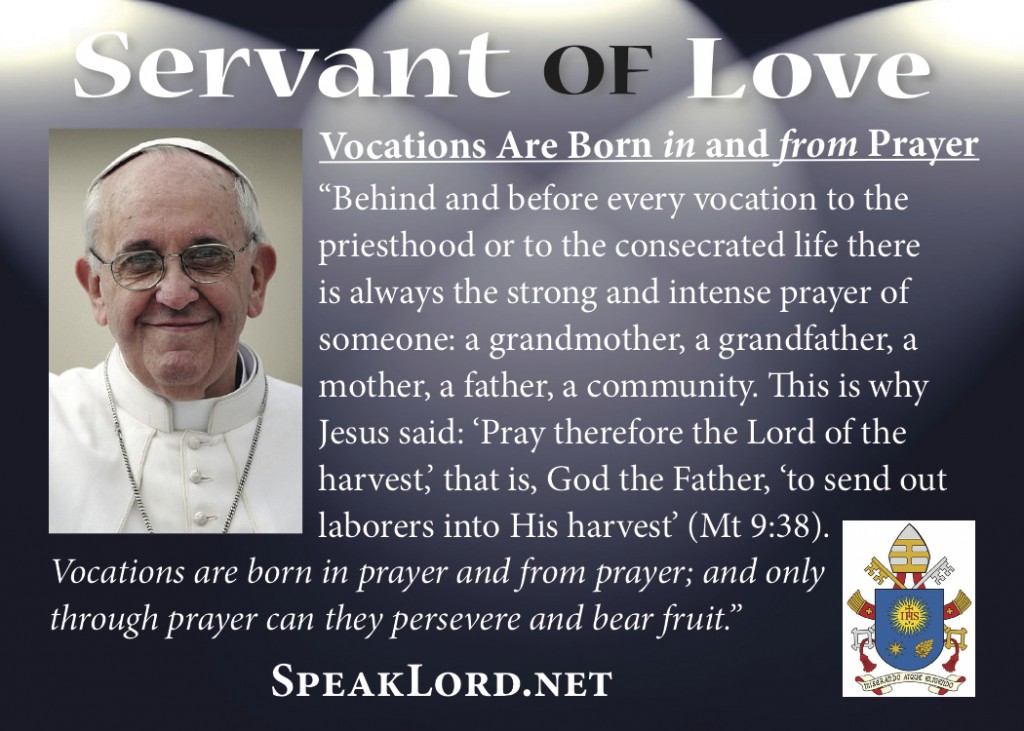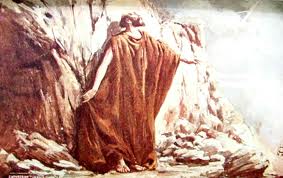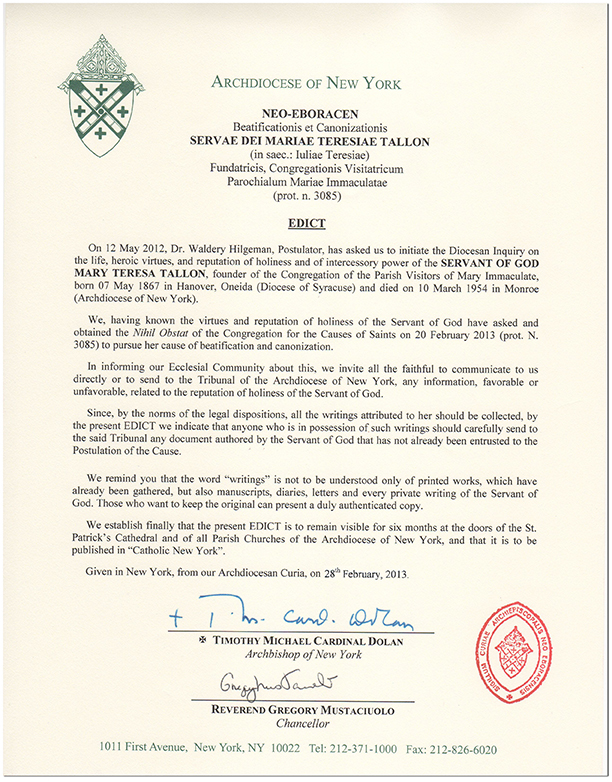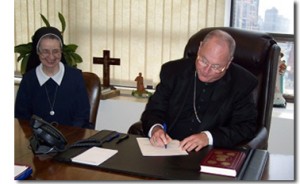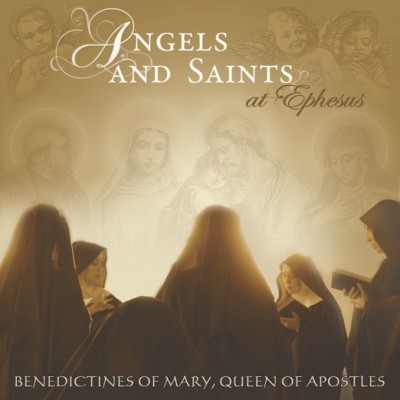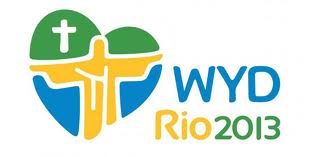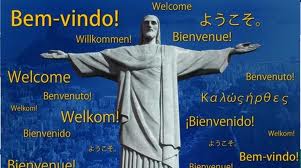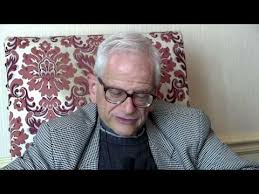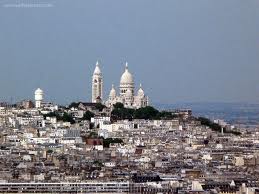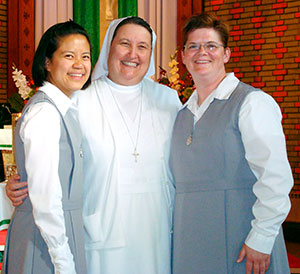
If you were to ask someone to name the largest order of religious women in the world, my guess would be that the Salesians would not be at the top of many people’s lists. Yet the Salesian Sisters of St. John Bosco, who number 15,000 sisters, are indeed the largest congregation of women in the world.
Founded by St. John Bosco and St. Mary Domenica Mazzarello, their official name is Daughters of Mary Help of Christians or in Latin Filiae Mariae Auxiliatrice, hence the initials after their name: F.M.A. As Don Bosco said, “Times are so bad that we need Our Lady to help us to be faithful and defend our faith.” How true is that!
One women had a very circuitous path on her way to the Salesians. In a story from the Catholic News Service, Sr. Jennifer Kane recounts her journey from the Air Force to religious life. While working in the Air Force in Montana, she attended a Cursillo that greatly deepened her faith. After leaving active service, attaining the rank of captain, she joined the Air National Guard and was deployed four times: to Iraq (three times) and Saudi Arabia. Living in the desert, Jennifer devoted a lot of time to reading the Bible and realized: “The call from God was definitely there. I guess I was in denial a long time. (I would say to God), ‘I worked on nuclear weapons, I was a bomb loader, you can’t be talking to me.”’
Jennifer entered the Salesians in 2009. In their houses, she says, you experience a sense of joy and family spirit. This truly is in the spirit of Don Bosco whose mission was to educate young people, especially the poor, and to do it with a spirit of love.
After her first profession of vows in August, Jennifer is looking forward to her involvement with the Salesian schools, retreat centers and campus ministries. “There’s always been the hand of God in all of this,” she said. “God knows every move you make. He’s got this all planned, if you’re willing to accept his will and plan for you. Ultimately God gets you to the final destination.”
